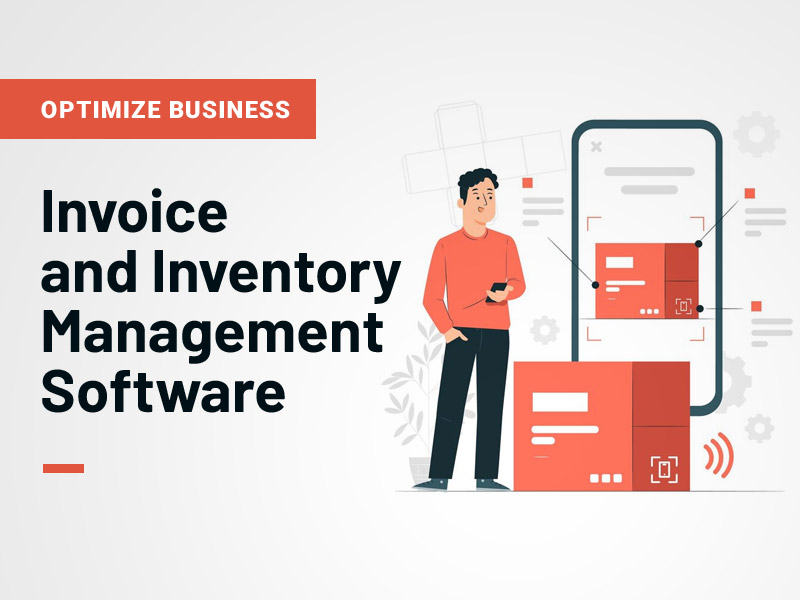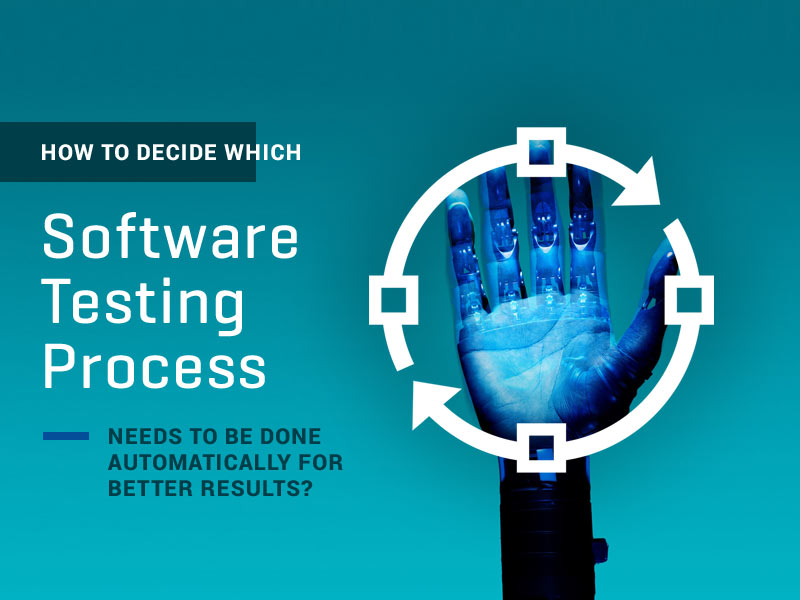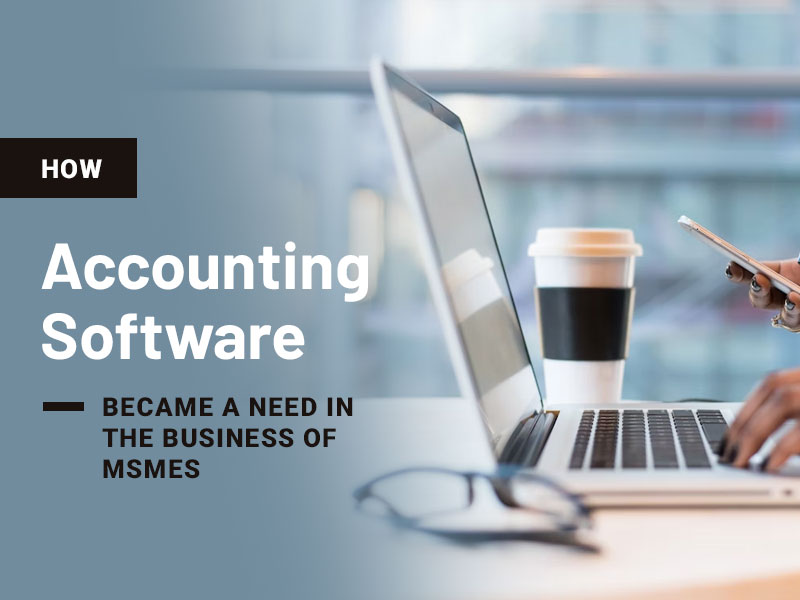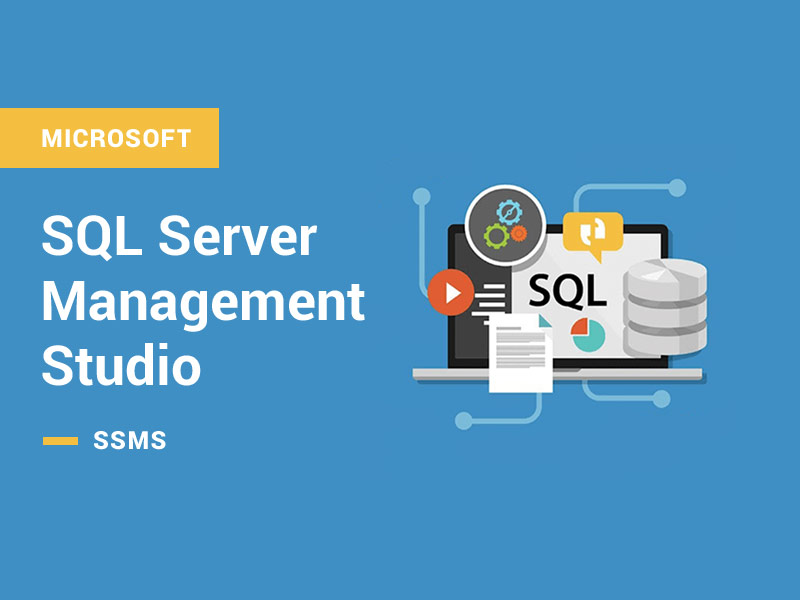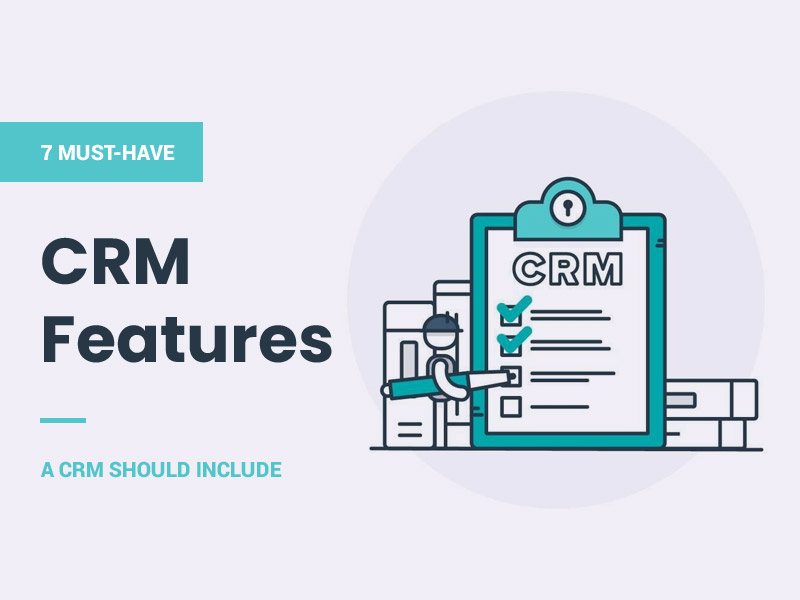Like a trapeze artist, a business owner must constantly juggle various jobs.
These routine tasks, such as processing bills and maintaining inventory, can take a long time. However, these difficulties may be significantly minimized with the correct tools, giving you more time and energy to concentrate on the expansion and profitability of your firm.
The invoice and inventory management software revolution is a solution for businesses of all levels. Using this data to make smart purchasing and restocking decisions, you won’t need to rely on guesswork or expensive overstocking.
These technologies provide total automation in terms of billing. They can create expert invoices, monitor payments, and issue reminders without your assistance. Bid farewell to the trouble of entering data by hand and following up on overdue payments. An efficient invoicing process can give you peace of mind and a steady income flow.
For companies hoping to compete in the market today, speed is essential to success in business transactions. By implementing these initiatives, your business will have the means to generate its greatest work, and by keeping an eye on the future, you can be certain that it will prosper in the long run.
Let’s get into it!
Role Of Invoice And Inventory Management Software
Keeping track of bills and inventory can become a nightmare for every business owner. Adding up the endless hours that might be burned out in data entry, fear of the latest payments, and continuous reports of what remains in stock is typical. It might become stressful and ineffective, and you can make mistakes.
Billing and inventory management software, however, is a solution that can save your sanity and your money. These practical solutions are designed to remove human work and uncertainty from these essential business procedures, allowing you to focus on what matters: growing your organization.
Using invoice management software, you can monitor the money that enters and leaves your business. It makes preparing, sending, and keeping track of bills easier. This application lets you track who has paid and who hasn’t, send bills to clients quickly, and set up reminders for past-due payments. This will save you a lot of time and efforts helps you keep a consistent cash flow, and ensures you will be paid sooner.
Software for Inventory Management: Inventory management is crucial for companies that deal with physical goods.
Inventory management software keeps track of stock levels and helps you stay organized by telling you what’s in stock, how many units you have, and when to make fresh orders.
It can also monitor sales trends, which enables you to pinpoint underperforming products. You can prevent stockouts and overstocking by keeping an orderly and up-to-date inventory, which will also guarantee that you always have the products your customers want.
Understanding Invoice Management Software
To understand invoice management software, here’s what you should know:
Features Of Invoice Management Software
Among the salient characteristics are:
- 1. Invoice Creation: With the use of these tools, you can produce expert invoices that have customized fields, your branding, and your logo.
- 2. Invoice Tracking: Track the sent, viewed, and paid invoices to stay informed about past-due payments. Specific applications notify debtors automatically when an invoice is past due.
- 3. Online Payments: By allowing clients to pay bills via secure payment channels, you can expedite payments and save time waiting on checks or cash.
- 4. Recurring Invoicing: Companies that provide subscriptions or recurring services can automate their processes, saving you much time and work. Your clients will receive the invoices regularly.
- 5. Integration: The best invoice management software is connected to popular accounting systems to ensure accurate and current financial data.
- 6. Reporting and Analytics: To extract relevant data from billing trends, unpaid bills, and invoicing systems, employ reporting and analytics technologies.
Benefits of Invoice Management Software
Some of the key benefits include:
- 1. Enhanced Efficiency: By automating repetitive tasks like generating invoices and reminding clients to pay, your business can do away with time-consuming human data entry and follow-ups.
- 2. Improved Cash Flow: Online payment options and fast invoice fulfillment mean you won’t need to take out costly loans because you’ll get payments faster.
- 3. Increased Accuracy: Financial records and invoices are more accurate because integrated accounting systems and automated invoice preparation guard against human error.
- 4. Professional Appearance: Well-made and branded invoices increase clients’ trust in you by projecting a favorable image of your company to them.
- 5. Better client Relations: You may guarantee a more positive client experience by providing prompt bills, correct payment information, and easy online payments.
- 6. Scalability: You can stay current and develop your organization with invoice management software.
Understanding Inventory Management Software
To understand inventory management software, here’s what you should know:
Software Features for Inventory Management
Inventory management software aims to improve and expedite all corporate inventory processes. Among the salient characteristics are:
- 1. Real-time Inventory Tracking: Obtain real-time stock levels across varied locations and thus have better control over your inventory and consequential decisions.
- 2. Barcoding and Scanning: Track your incoming and outgoing inventory in real-time using a barcode scanning system, which is very fast and accurate, to eliminate chances of human error.
- 3. Reorder Point Management: Personalize custom reorder points for every product to ensure you always have enough stock due to understocking and avoid overstocking.
- 4. Demand Forecasting: Use data analytics and forecasting tools to predict future demand behavior, which allows you to set inventory levels accordingly.
- 5. Inventory Reporting: Utilize customizable reports to get insights on sales patterns, inventory movements, and stock levels while keeping stakeholders’ demands in mind for data-driven decision-making.
- 6. Integration: Proficient inventory management solutions can interface with other essential company systems, such as point-of-sale (POS) systems, e-commerce platforms, and accounting software.
Software for Inventory Management’s Advantages
Your company can gain a lot from implementing an inventory management solution, such as:
- 1. Cost savings: You can lower costly storage costs and the chance of keeping spoiled or obsolete goods by reaching the proper inventory levels and offering more precise forecasting.
- 2. Improved Efficiency: Automating tracking and reordering inventories eliminates manual tasks, resulting in higher productivity that utilizes available time and resources more effectively.
- 3. Better Customer Service: As your inventory data is current, you can supply customers with trustworthy stock information and hedge against stockouts or backorders.
- 4. Reduced Shrinkage: Improved inventory tracking and controls make it possible to rule out and deal with losses in the form of shoplifting, damage, and administrative mistakes.
- 5. Increased Profitability: Keeping your inventory lean and preventing the occurrence of wastage will enhance your budget and generate maximum returns.
- 6. Scalability: As your business grows with diversified products in multiple locations, inventory management software will strengthen, helping you ensure smooth and efficient inventory flow in all operating processes.
Case Studies: Real-World Examples Of Success
Here are some case studies and real-world examples that showcase the success of inventory management software and invoice management software:
Invoice Management Software Case Studies
- Cash Flow Improvement for Professional Services Firms: A consulting firm experienced problems with ineffective invoicing procedures and late payments. By implementing an invoice management system, they automated the development, delivery, and reminders for payment of invoices. Their typical payment cycle was cut by 25% as a result, greatly enhancing cash flow and lowering the requirement for borrowing.
- Streamlining Recurring Revenue: A Software as a Service provider of subscription-based services discovered that their manual invoicing procedures were laborious and prone to mistakes. They saved numerous hours and guaranteed correct and timely billing for their clients by automating the entire invoicing cycle after installing an invoice management system with recurring billing features.
Inventory Management Software Case Studies
- Retail Chain Success Story: A sizable retail chain with more than 500 locations installed an inventory management system to improve operations. By acquiring real-time stock level insight throughout all sites, they could optimize inventory levels and cut down on surplus stock by 20%. Significant cost savings and higher inventory turnover rates were the results.
- Increased Manufacturing Efficiency: A mid-sized manufacturing company implemented inventory management software to enhance its material planning and production procedures. Thanks to the software’s demand forecasting features, they could precisely anticipate the amount of material needed, which decreased stockouts and manufacturing delays. Barcode scanning and ERP system integration also removed the need for manual data entry, which increased productivity and decreased errors.
Some Advice For Getting The Most Out Of Inventory And Invoice Management Software
The following advice will help you get the most out of inventory and invoice management software:
- 1. Update Data Frequently: Ensure that your order, inventory, and invoicing records are always up to date. Ensuring fresh data is regularly, input ensures that current information is entered and potential inconsistencies are minimized. This kind of data includes bookkeeping, inventory, and sales data.
- 2. Utilise Automation: Use all your software’s automation capabilities. Set up automated reminders to prompt clients when the invoice is due and automate the reorder inventory alerts that prevent you from stocking out or overstocking.
- 3. Integrate Systems: If possible, harmonize your invoice and inventory management software with other business systems like accounting or e-commerce platforms. This integration brings synergy among processes and helps move data among different departments.
- 4. Implement Barcode Scanning: Involve the barcode scanning technology in your inventory management system. A barcode scanner gives rise to inventory tracking that becomes faster and more accurate, thus decreasing the chances of errors and boosting workplace productivity.
- 5. Regularly Analyze Data: Employ your software’s embedded reporting and analytics tools to generate sales trends, inventory turnover rates, and payment patterns reports. You can also use these insights to educate yourself on the best pricing, buying, and resource distribution decisions.
- 6. Train Employees: Ensure that everyone on the team knows how to use the system well. Organise training sessions or tutorials where they can familiarise themselves with the various features and functions to maximize the software’s usage comfortably.
- 7. Stay Updated: Stay current on new software updates and feature releases your provider offers. Up-to-date software introduces new features to help you achieve the highest abilities and security improvements.
Closing Thoughts
To sum up, firms looking to improve efficiency and spur growth should consider investing in inventory and invoicing management software. Essential procedures can be centrally located and automated to help businesses increase productivity, reduce errors, and make better decisions.
Real-time insights into sales figures, inventory levels, and financial activities enable businesses to seize expansion opportunities and react quickly to market demands. Leveraging invoice and inventory management software features remains essential for long-term success and competitiveness as companies change in today’s dynamic market.
